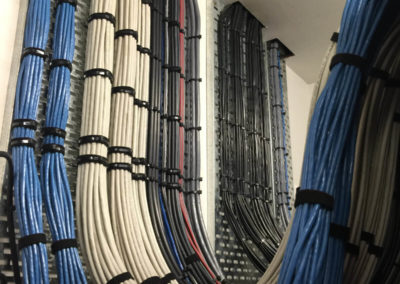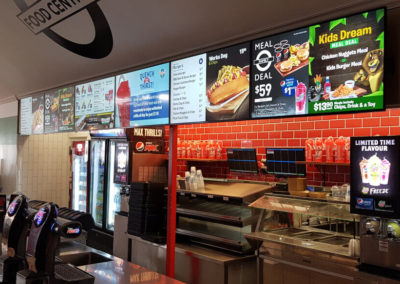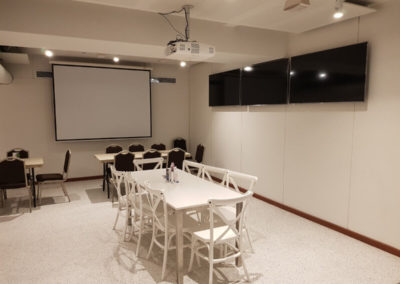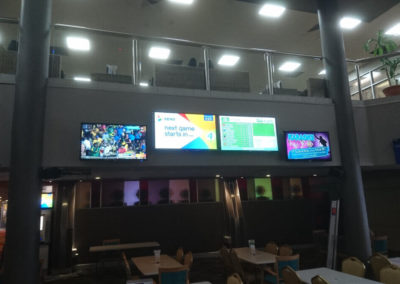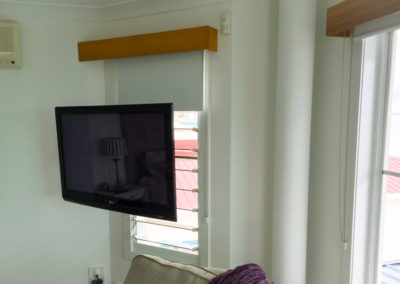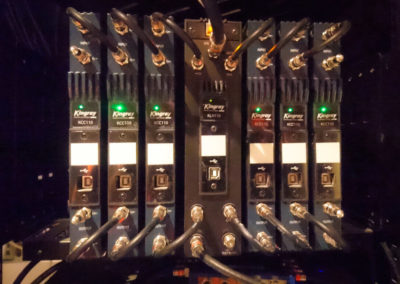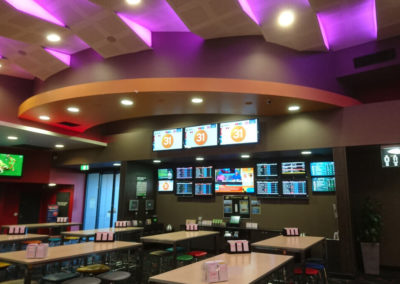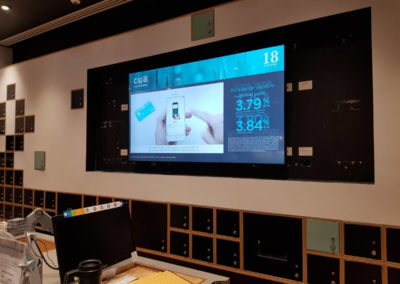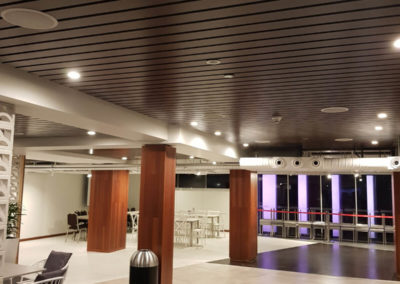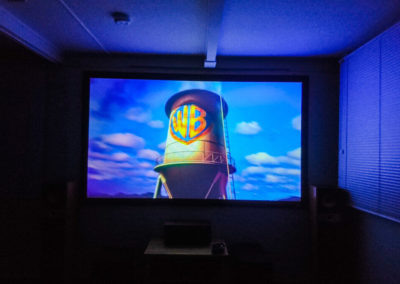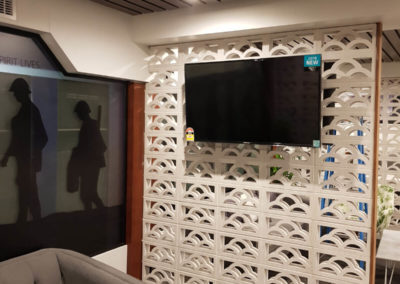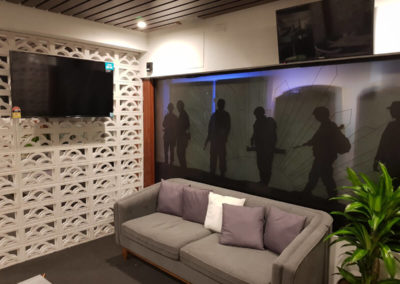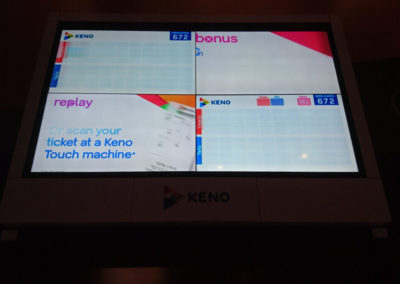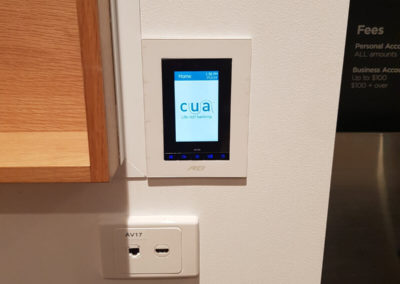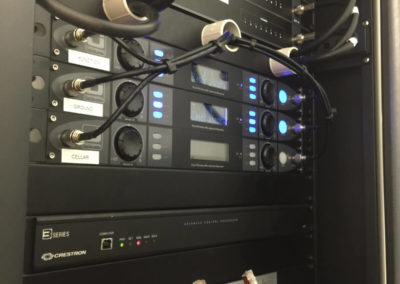Sound System For School
Sound System For School
Schools all across Australia rely on well functioning and easy to use PA systems, to ensure not only the safety of the students and the school community but also for a broad range of other uses including performances, school parades and community events.
Ensuring the school sound system is working correctly at all times often falls upon the IT Department of a school. IT professionals are great at managing the IT systems of a school, such as the network, computers, emails etc. But, when it comes to planning and installing a PA system, a sound professional with a high level of knowledge and experience with sound equipment and PA systems will have more knowledge in this area. A sound professional is going to ensure you have a robust system which suits all of your needs and requirements and also won’t fail unexpectedly.
What Is A Public Announcement System For Schools?
Public address systems (also known as PA systems) are electronic systems that include microphones, loudspeakers, amplifiers, and related devices. Most often used for emergency communications within a school, as well as paging and school assemblies. The technology has advanced considerably in recent years and PA systems are now used for many different purposes including:
- Classroom voice amplification for learning
- Speaking and music playback at school assemblies
- Schoolwide announcements across indoor & outdoor areas
- Choir & band amplification
- Paging & school bells (e.g. lunch time notice etc.)
- Emergency broadcasts (e.g. a fire bell etc.>
Wireless PA System For Schools
Long gone are the days of wires running haphazardly around school campuses. The latest technology means that brilliant sound quality can be achieved without cables. A wireless PA system uses a base station or hand-held radio that communicates with speakers via a variety of radio frequencies such as VHF, UHF, MURS etc. This allows you to easily play recorded messages, set time activated bells (such as lunch break notifications etc.) and communicate via microphone to the entire school.
A network PA system is a different kind of wireless PA system that doesn’t use radio frequencies. A local network that connects all computers on a campus is a mainstay of modern schools, universities and colleges throughout Australia. A network PA system takes advantage of this fact by integrating with this network, allowing a PA system to be easily controlled by a central computer via Voice over IP (or VoIP). It also makes adding new components such as additional speakers a much quicker & easier experience. While being cheaper and more flexible than a radio frequency wireless PA system, the VoIP PA system is reliant on the network – so if the network is down it will not work.
PA System In Education – University, TAFE & College Campuses
At a University, TAFE or College campus, you commonly find two different types of PA systems for 2 very different reasons:
- A campus-wide system that is integrated to provide sound across the campus simultaneously (e.g. for emergency situations such as a fire)
- Many smaller localised PA systems in classrooms and lecture halls. These PA systems ensure that everyone can hear what is being said.
What Is Unique About The Sound System Needs In An Educational Setting?
PA systems in an educational setting are unique in that they often need to cover a whole school and be used for a very large audience in a range of situations. From emergency broadcasts & lunch bells, to school-wide announcements & in classroom learning. To accommodate these needs, taking the time to plan your PA system and ensure it will meet your requirements is a necessity. Luckily, our team of professionals at 13001Comms can make planning and creating your PA system a breeze. To get started, contact us today or give us a call on 1300 126 667.
Components In A School PA System
There are a number of different components found in a School PA system. Some of these include:
- Amplifiers
An amplifier takes low voltage signals (generally from an input device such as a microphone or a computer) and amplifies them to a voltage high enough to power the speakers. - Microphones
Microphones can come in many different types with different advantages based upon their application. - Mixer
The mixer allows you to control the different levels that are received from input devices and sent to the speakers - Speakers
Speakers come in many different styles and configurations to suit a myriad of different needs and requirements - Cables
Cables are required to connect a PA system together. Even in a wireless PA system, some cables are required to connect components to power sources. - Monitoring SystemsMonitoring systems are speakers that face the person using the PA equipment on a stage, usually when performing, that allows them to hear themselves and ensure everything sounds as it should.
School PA System Installation
When installing a school PA system, the first step is to determine the area that needs to be covered. There is a rather challenging acoustic profile for halls and gymnasiums. With timber floors and concrete walls, they resemble a giant rectangular box. As a result, the sound will bounce around with an echoing effect. It is possible, however, to identify the perfect speaker position with the help of a professional and minimise this type of issue.
Speakers can be mounted up high on walls or within the ceiling (in the case of a false ceiling) to stay out of sight. In the same way, the mixer and amplifier should be kept out of reach of curious little fingers at all times. For longer life, the microphones should also be handled with care and stored in a moisture-free environment.
School Bell Sound Australia
The Australian school bell has evolved over the years from a simple triangle being played by a teacher to musical reminders played over the PA system. A high quality PA system not only makes this music bell (and any voice announcements) much more audible, but also much easier to manage. A modern PA system that is setup by a professional has the right software and hardware that allows users to easily schedule repeating school bells, change the notification sound (e.g. different songs), activate emergency broadcasts and much more.
School PA System FAQ’s
How Do School PA Systems Work?
A school PA system in its most basic form consists of 3 different components: An input device (such as a microphone or recording device), a mixer & and speakers. The microphone converts sound pressure into specific voltages, which is then passed through to the mixer (a recording also sends this voltage information to the mixer). The mixer amplifies these voltages to a level high enough to vibrate the speakers at the same frequency as you vibrated the microphone, producing a much louder (or amplified) version of your voice or a recording.
How Many Watts Does A School PA System Need?
This really depends on a number of factors, including:
- The size of the school campus
- The number of staff/students
- The size & shape of indoor & outdoor areas
- Is the PA system primarily for school bells, emergency broadcasts etc. or for school assemblies, performances etc.?
- What kind of speakers will you be using?
To find out how many watts a PA system for your school, University or College would need, contact us today or feel free to give our specialist team a call on 1300 126 667.
How Much Does A School PA System Cost?
The cost of a PA system will vary based upon the size of the school’s campus, the amount of features required and the level of sound quality preferred. For a quick quote, give us a call on 1300 126 667 or use our easy contact form.




